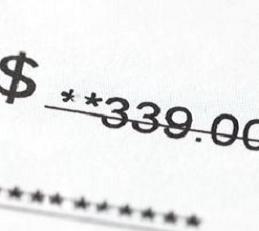Stolen generation records nsw
Children were removed by governments, churches and welfare bodies to be brought up in institutions, fostered out or adopted by white families. It was formed by former residents of Government and non Government Aboriginal training institutions (the “Homes”). The total amount allocated was $million. In March last year, the South Australian government set up a similar scheme providing a total of $million by way of compensation. GENERAL PURPOSE STANDING COMMITTEE NO.
Missions, reserves and stations were reserves of land to which Aboriginal people were forcibly relocated.
Missions were in the control of churches and missionaries with little or no government involvement. Reserves and stations were generally run by the government, although churches, especially the United Aborigines Mission and the Aborigines Inland Mission, were sometimes active on government. This payment is made in recognition of the harm that these removals caused.
In Western Australia, this figure is as high as Per cent. Most () live in New South Wales , Queensland and Western Australia. It is our duty to learn history’s lessons.
We must ensure the injustice of the past never returns to haunt future generations of Aboriginal people. The fact that a child was Aboriginal was not often recorded in official welfare records. The policies of child removal left a legacy of trauma and loss that continues to affect Indigenous communities, families and individuals.
What happened and why? Stolen Generations. The South Australian Link-Up service provides family tracing and reunion services to Indigenous people who have been affected by past Government policies and practices of removal, i. The Link-Up service in South Australia provides an online self help guide to tracing Aboriginal families and individual histories. The removal of Aboriginal children took place from the.
Proposed reparation scheme in New South Wales. It contains information about organisations, people, policies, legislation and events related to the history of child welfare. The Unit has been set up to help Aboriginal people in NSW access records about themselves and their families.
Family Records Unit. Learn more about the Memorial, its history, and what it stands for below. But critics say NSW is “walking open-eyed towards another stolen generation”. The bill’s appearance came as a surprise to organisations in the sector, which said they were “stunned” at the lack of.
The report provided heaps of information which exploited that the government and home owners abused and mistreated these children. We can help you to research your Indigenous family history. Our collections have information about Aboriginal and Torres Strait Islander individuals, families, communities and places. This section of our website contains a wide range of resources to help you with your research.
Mr Wyatt had chased some of his own family records in the past, including those of his grandmother. NSW Now: MP calls out hate.
The records include those created by the former Aborigines Welfare Board (formerly known as the Aborigines Protection Board) and by the Chief Secretary relating to Aboriginal affairs. It contributes to the social and emotional wellbeing of Aboriginal people and reduces the risk of repetition. State Archives and Records is the NSW recordkeeping authority.
We manage the archives collection, provide advice on the recordkeeping rules in the public sector, and provide a records repository for government.

Comments
Post a Comment